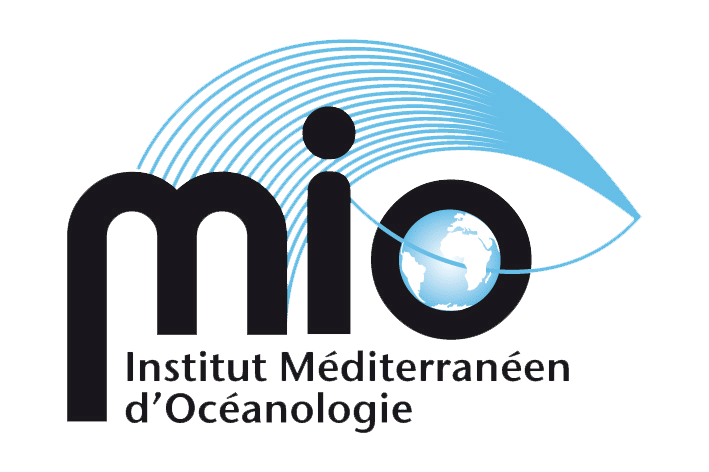Alexandra Cuevas will defend her thesis on Tuesday 26 November 2024 à 9:30 at the Amphithéâtre 300 Bâtiment X - Campus de La Garde on the following topic: Estimation of the properties of a vertically sheared current from the dispersion of surface gravity waves.
Composition of the Jury
Rapporteurs
Rafael Almar - Dr HDR IRD (Laboratoire d'Etudes en Géophysique et Océanographie Spatiales)
Nadia Senechal - Professor, University of Bordeaux (URM5805 EPOC-OASU)
Examiners
Anne-Claire Bennis - Professor, University of Caen (M2C Laboratory)
Damien Sous - MCF, HDR Université de Pau et des Pays de l'Adour (SIAME Laboratory)
Renaud Binet - Dr Engineer CNES (Toulouse Space Centre)
Managers
Vincent Rey - Professor, University of Toulon (Mediterranean Institute of Oceanology)
Fabrice Ardhuin - DR HDR CNRS (Physical and Space Oceanography Laboratory)
Julien Touboul - Professor at École Centrale Méditerranée
Abstract
Wave and current conditions from the open sea to the coast are essential information for understanding and modelling coastal dynamics. The influence of the current on wave propagation has been used on several occasions to reconstruct the current field. However, existing methods remain limited under certain sea conditions, particularly in the presence of multi-directional swells. We have developed an original minimisation method for reconstructing the current and its vertical structure, taking into account the hypothesis of swells propagating in different directions. After obtaining encouraging results on theoretical swell signals, the algorithms were applied to data from 2D and 3D tank and channel trials, including some with a vertically controlled linear current profile, in order to validate the method and identify its limitations. In particular, we succeeded in finding current profiles consistent with those measured. Finally, the study was carried out in situ using data from successive, close-up satellite images to identify current fields. In particular, it was extended to the analysis of several images to take account of the partial reflection of the swell, which should enable a better estimate of the current to be made.
Keywords
Wave, multi-directional, current, shear, celerity, reflection, laboratory experiment, satellite, minimisation method
Abstract
Wave and current conditions from the open sea to the coast are essential for understanding and modelling coastal dynamics. The impact of currents on wave propagation has been utilized to reconstruct current fields. However, existing methods are still limited in certain sea conditions, especially in the presence of multi-directional waves. We developed an original minimization method to reconstruct the current and its vertical structure, considering the assumption of waves propagating in multiple directions. After obtaining encouraging results with theoretical swell signals, the algorithms were applied to data from tank and canal experiments, involving both 2D and 3D configurations, including some with a vertically controlled linear current profile, to validate the method and identify its limitations Specifically, we successfully recovered current profiles that were consistent with the measured data. Finally, the study was conducted in situ using data from successive, close-up satellite images to identify the current fields. In particular, it has been extended to the analysis of several images to take account of the partial reflection of the wave, which should enable a better estimate of the current.
Keywords
Wave, multi-directional, current, shear,celerity, reflection, laboratory experiement, satellite, method of minimization





